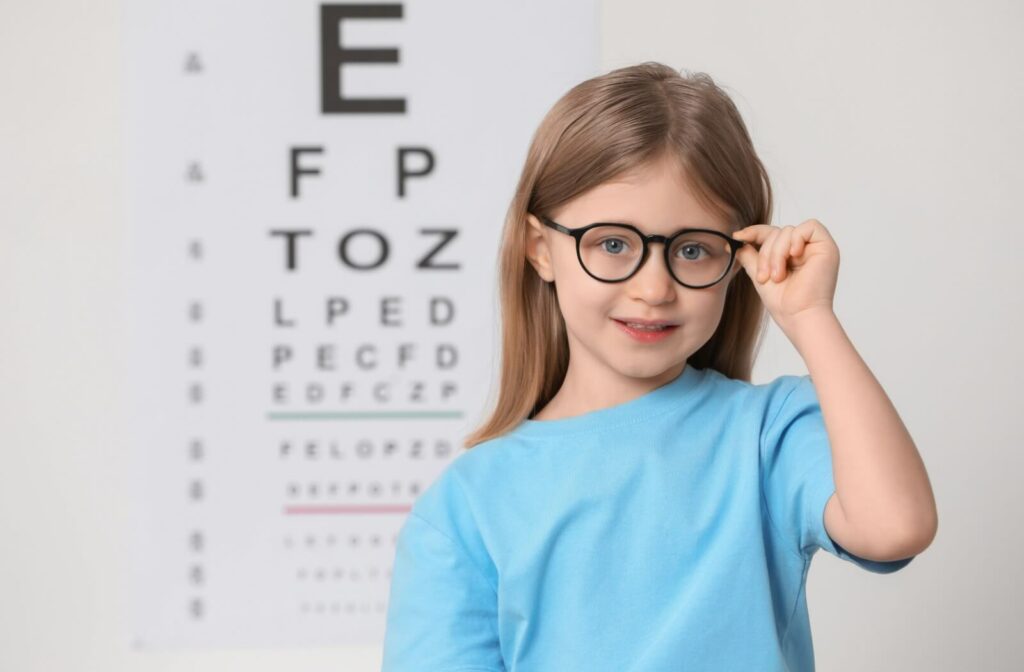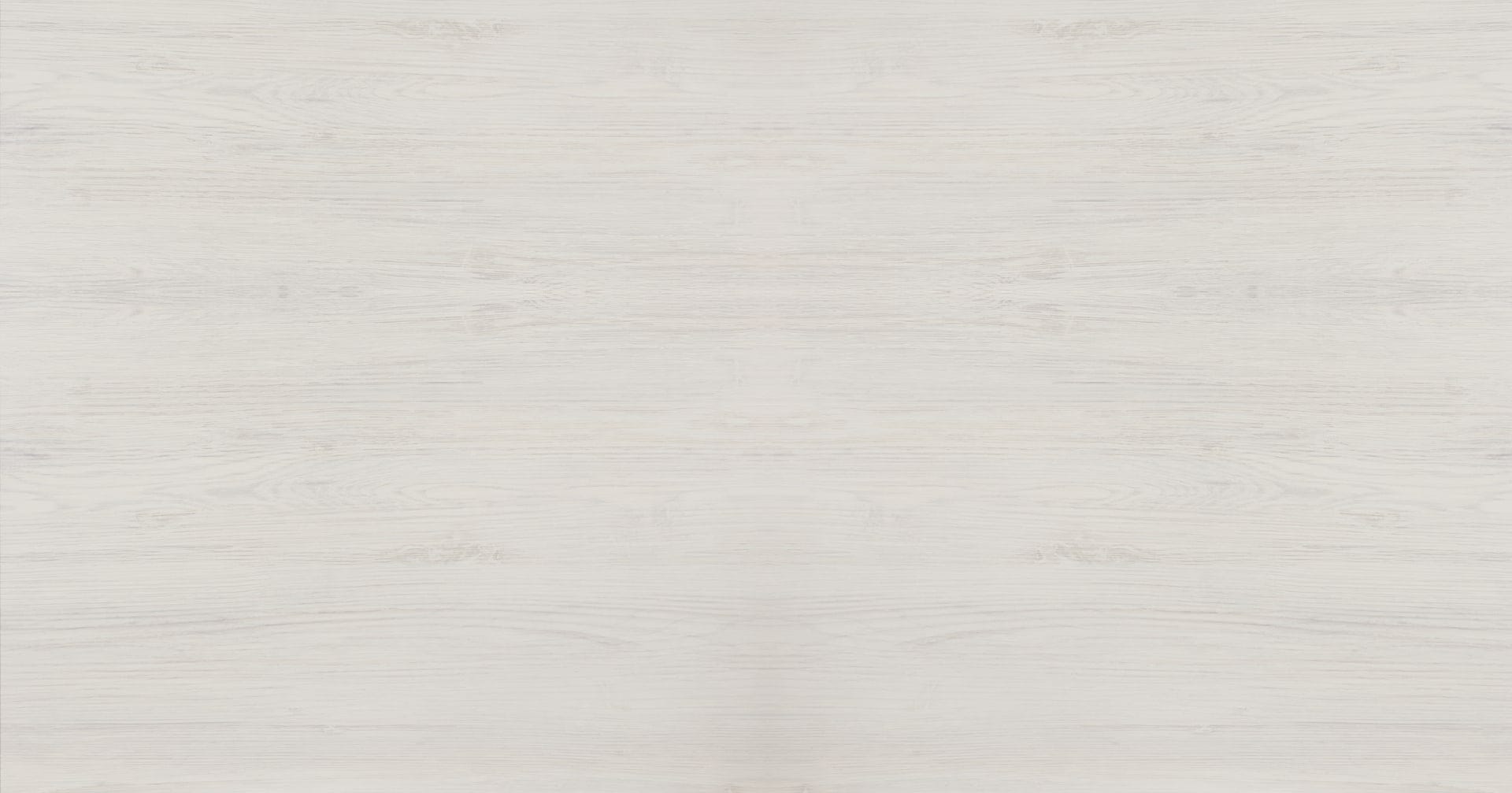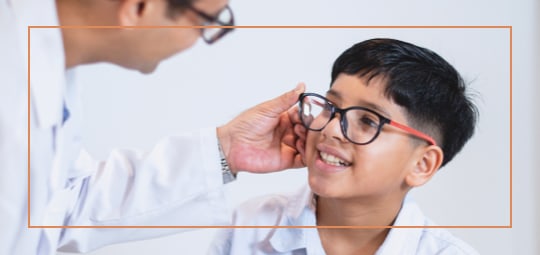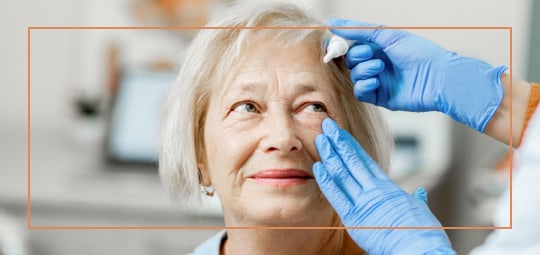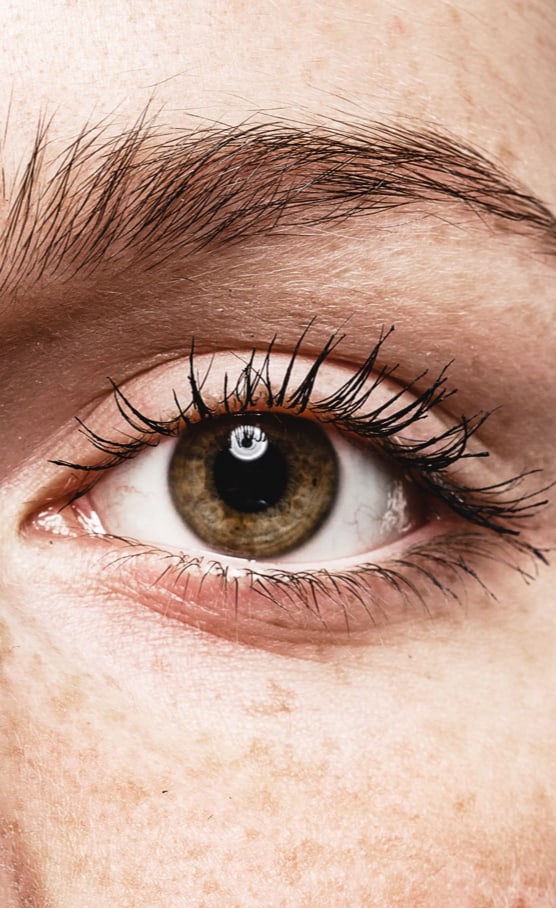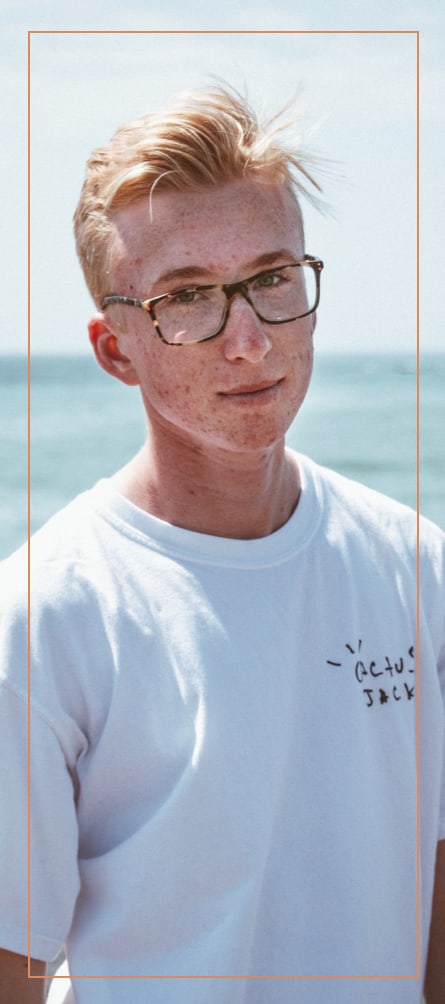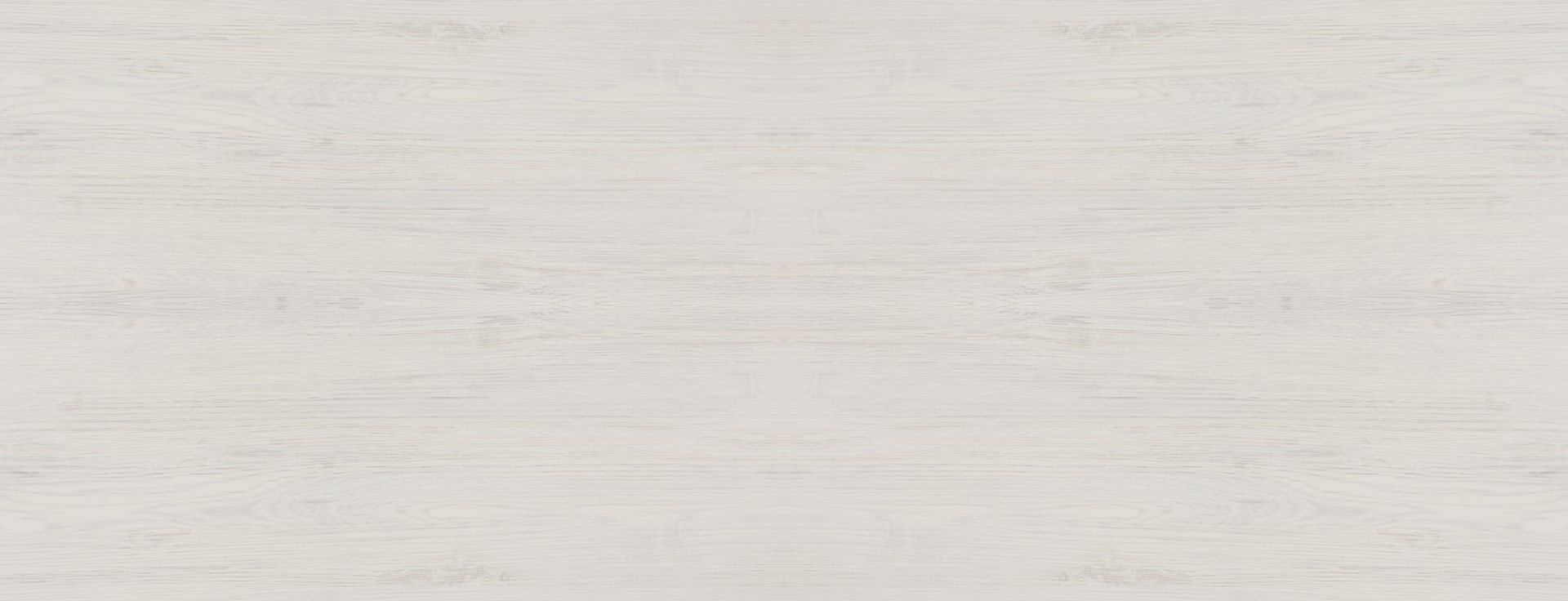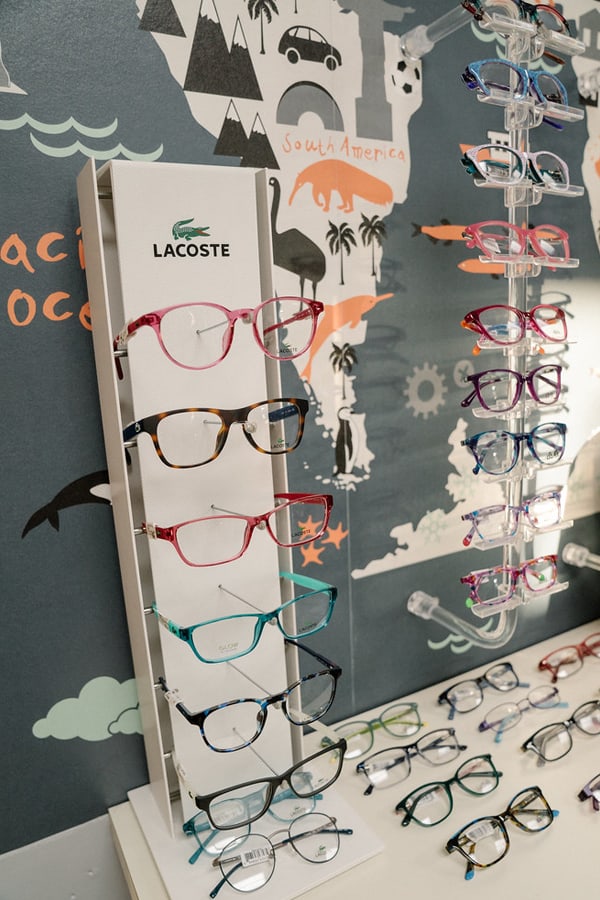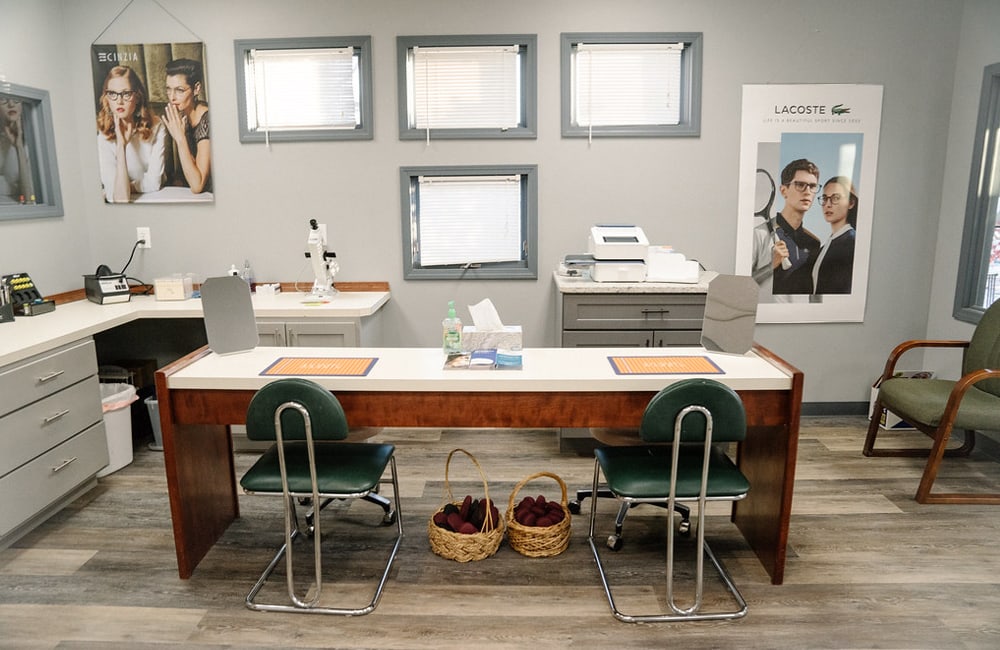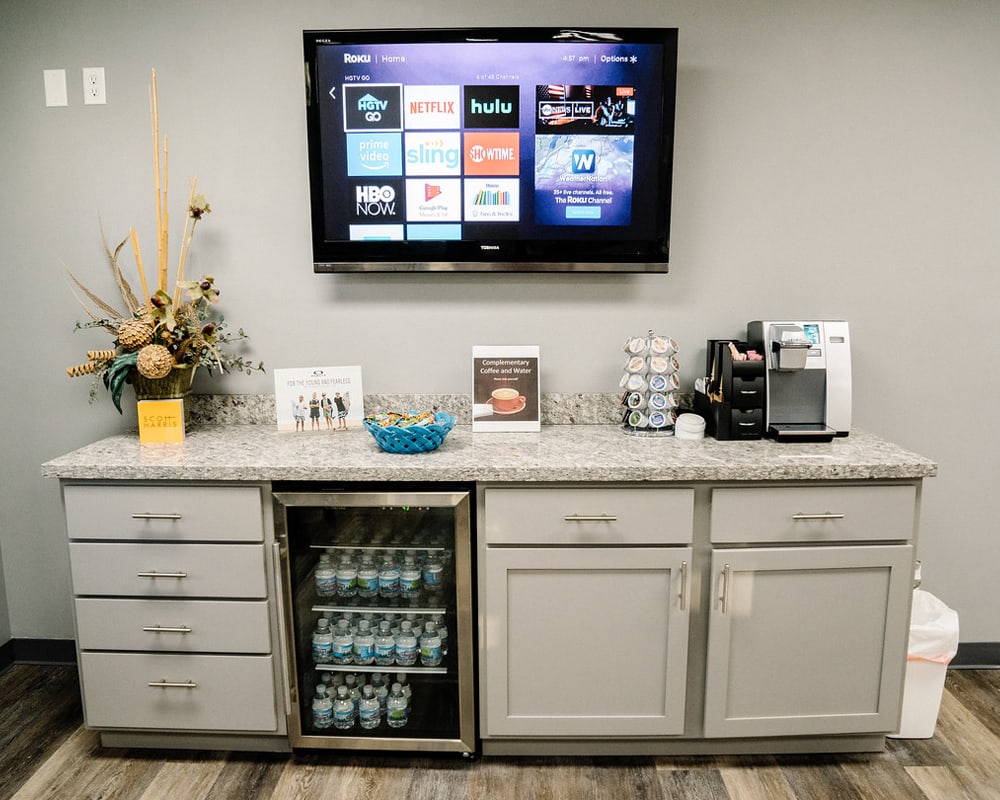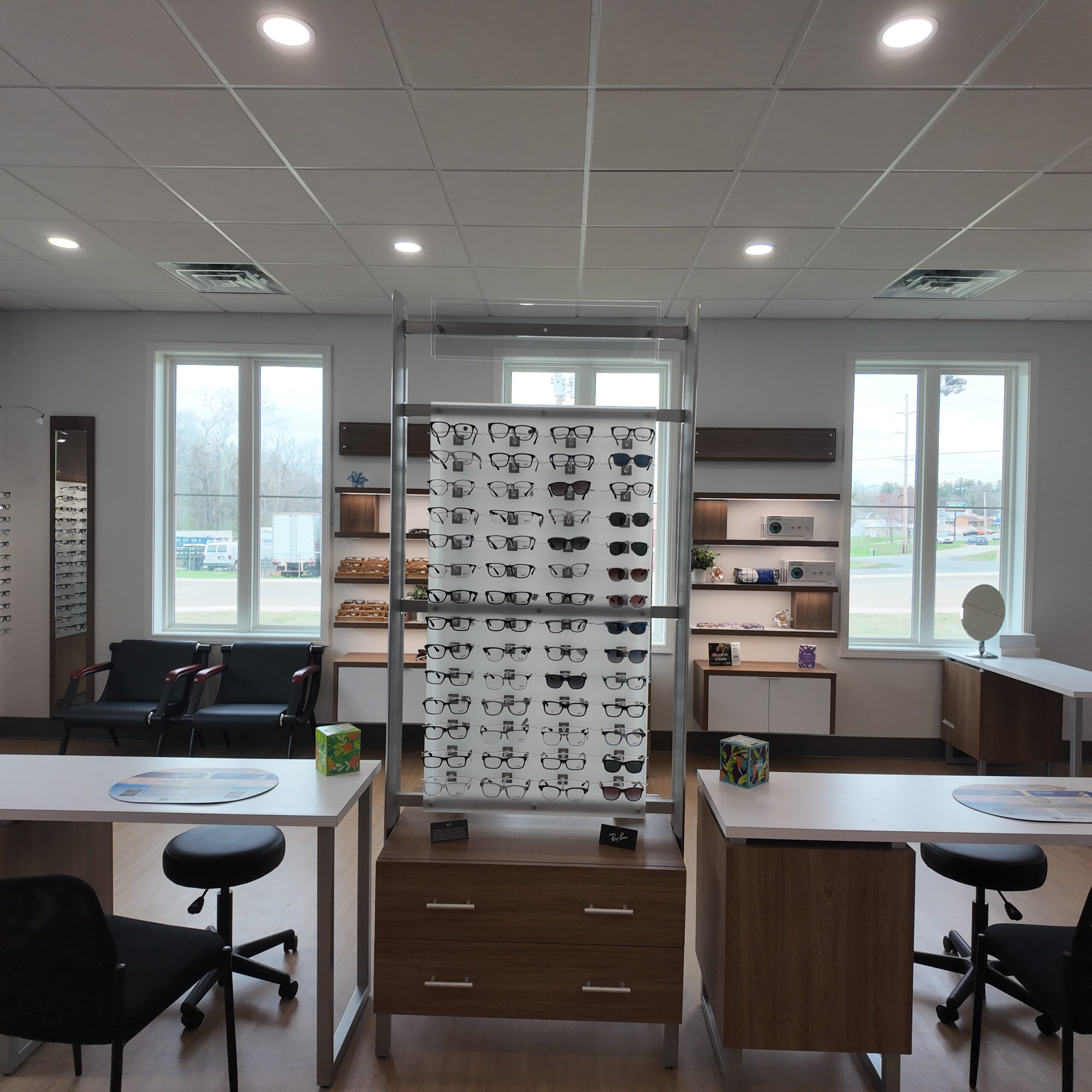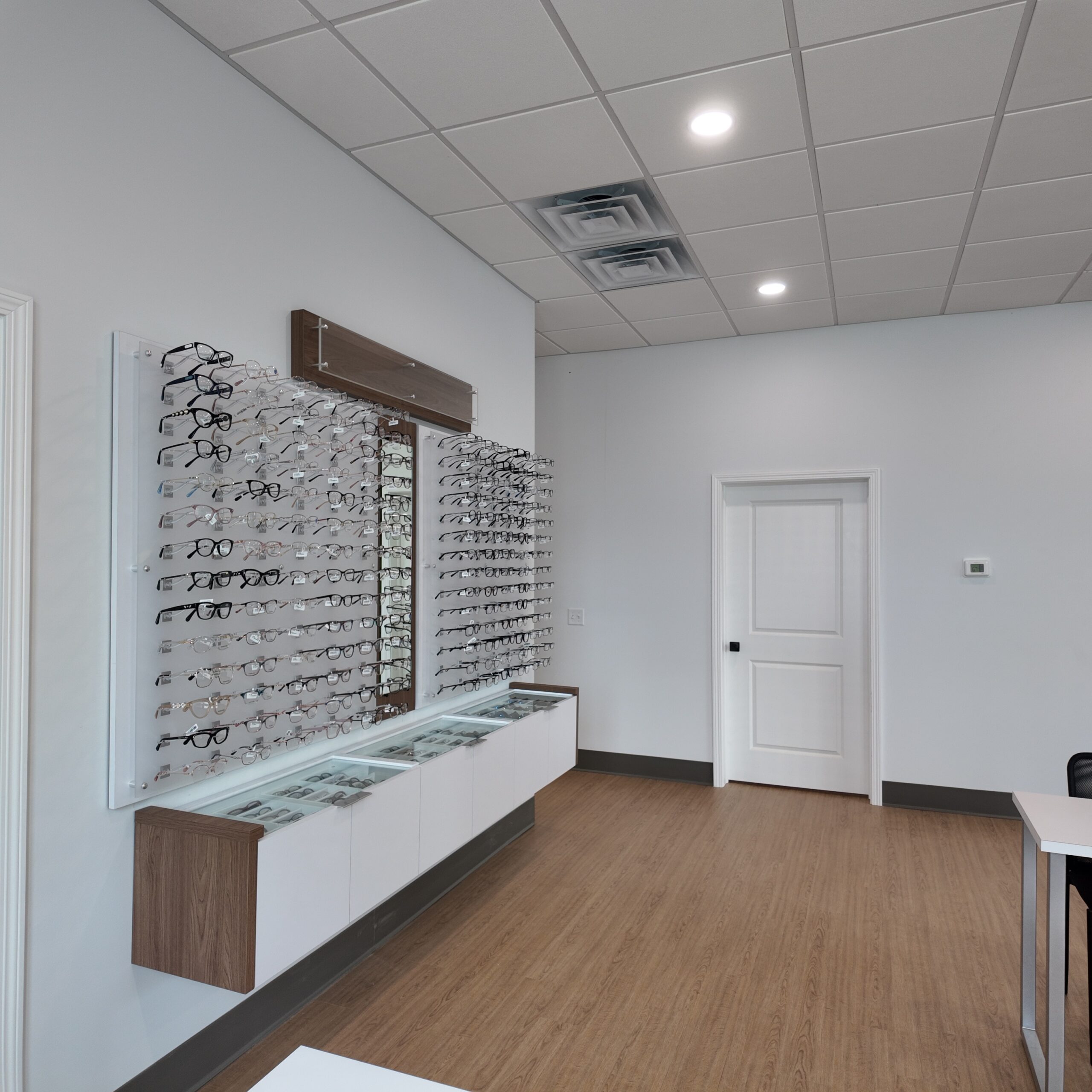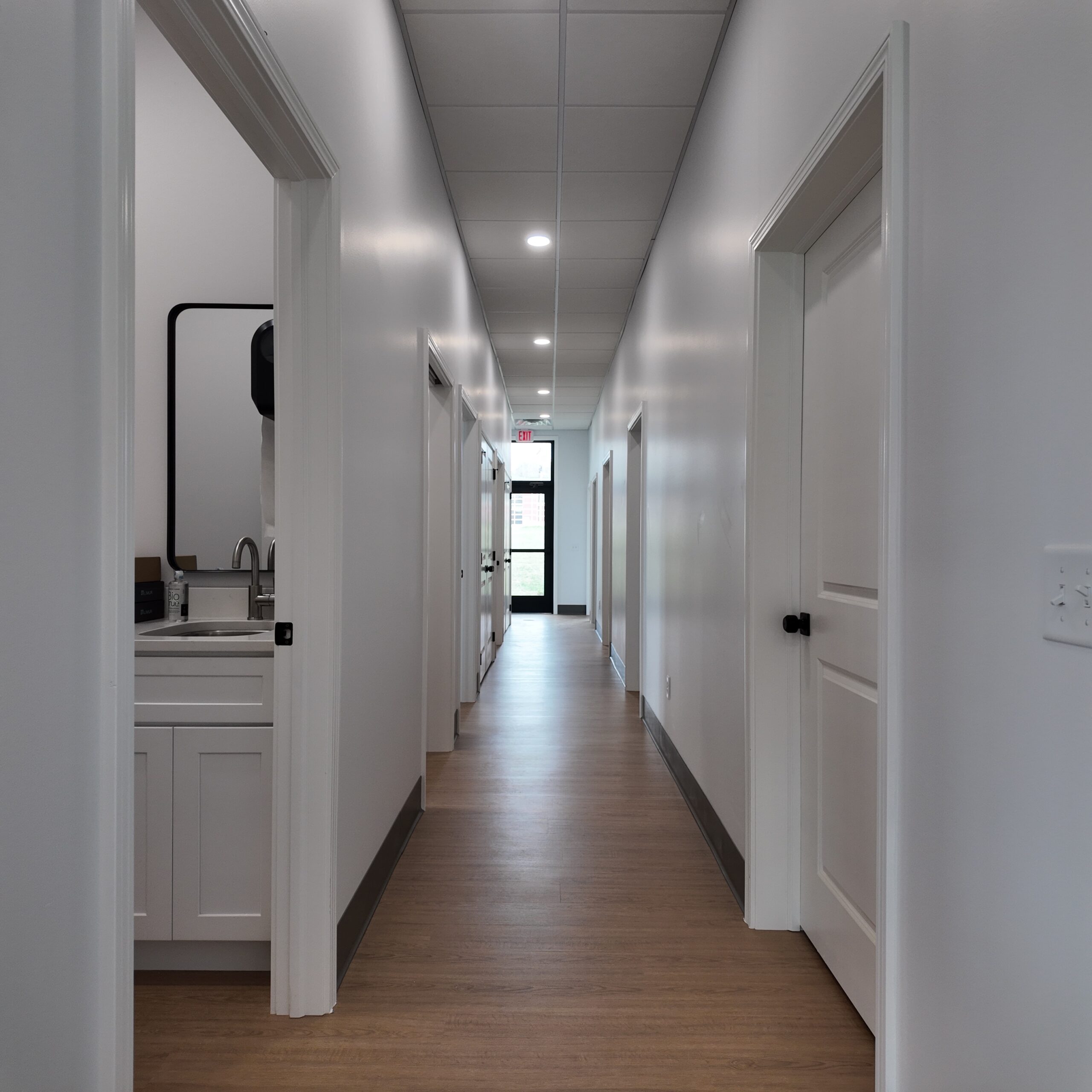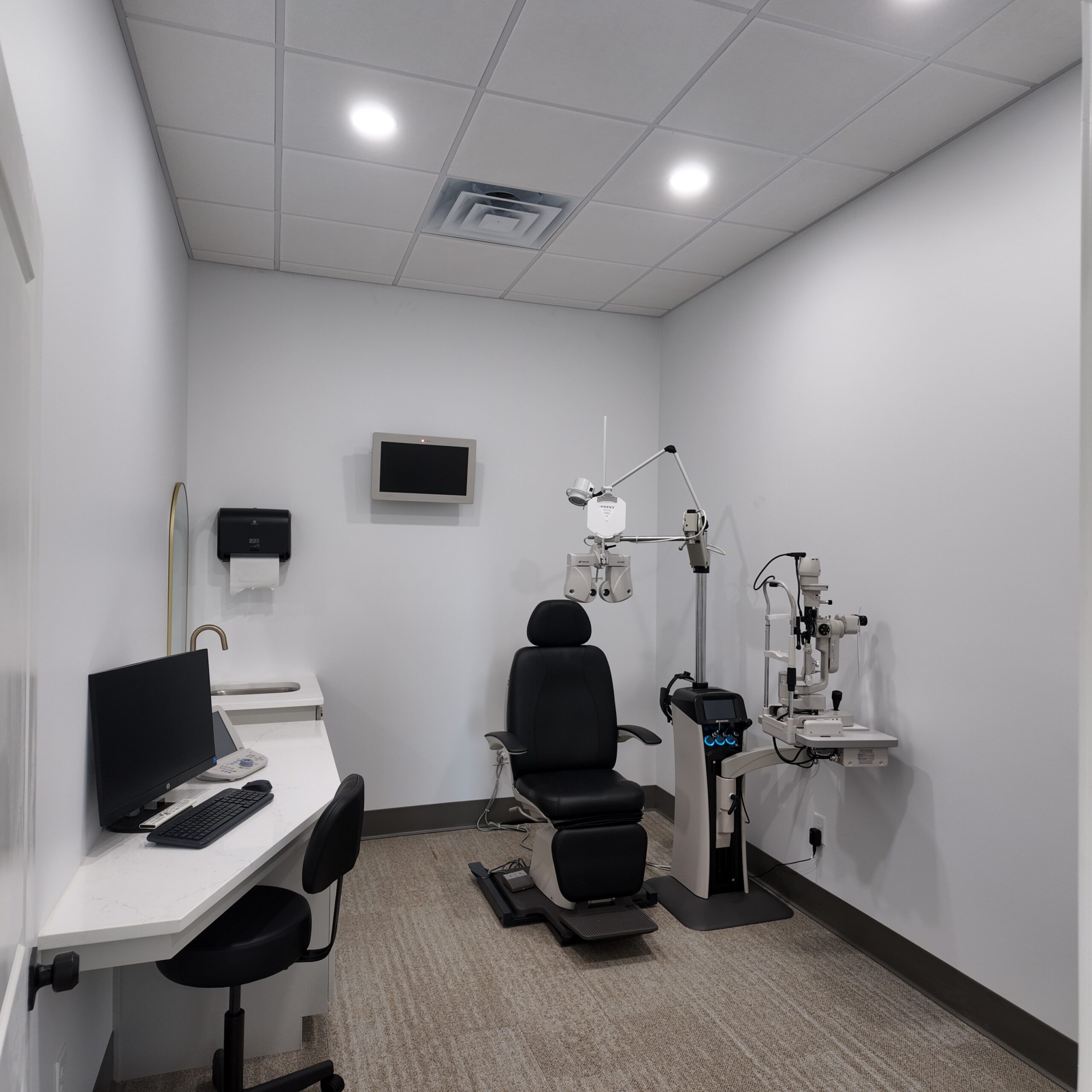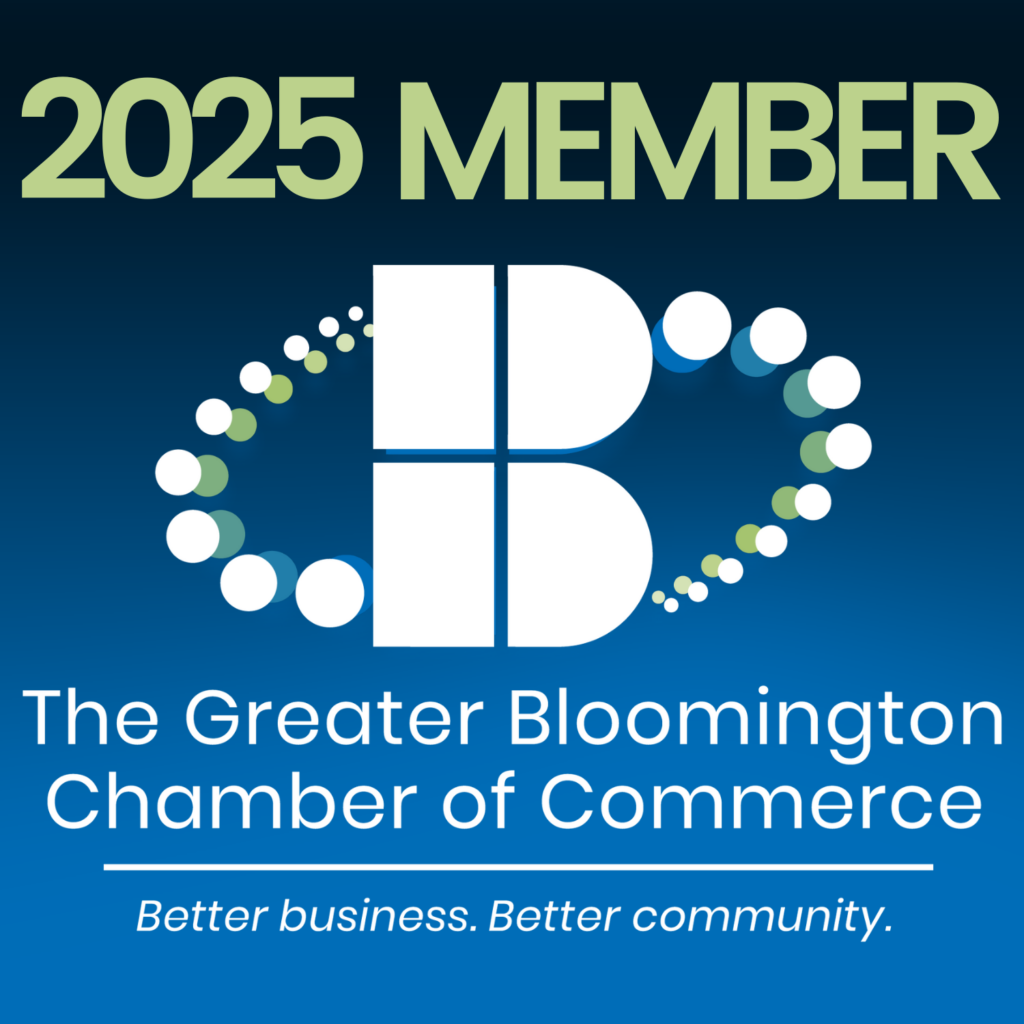Watching your child squint as they try to read a book or struggle to see the board at school can be difficult. Even with glasses to correct nearsightedness, they might need frequent changes in prescription as their eyes quickly develop. It’s a scene that tugs at your heart and brings a familiar concern—is their myopia going to worsen as they grow?
We understand that as a parent, you want nothing more than to ensure your kids have a clear, bright future (and vision). Understanding their vision needs is a critical part of that journey. Yes, myopia can worsen with age, especially if not managed properly. But don’t worry—navigating through this challenge with the right information and care can help you control myopia’s progression.
What Is Myopia?
Myopia, also known as nearsightedness, is a refractive error where distant objects appear blurry while close objects remain clear. It occurs when the eye becomes too elongated or the eye’s clear front dome (cornea) is too curved. This causes light rays to focus in front of the retina instead of on it.
Optometrists typically first notice myopia in school-aged children during an eye exam. Early detection and management are critical because myopia can affect your child’s learning and development. Children with untreated myopia may struggle to see the board in school, participate in sports, or perform everyday tasks.
Some common signs of myopia in children include:
- Headaches
- Eye strain
- Squinting
- Trouble focusing
Sometimes, children will turn their heads sideways or cover one eye to help them see better. Normally, this happens when their eyes have different levels of nearsightedness, forcing them to rely on the dominant eye to provide clear vision.
Myopia can develop gradually or rapidly, but in either case, it often worsens until it stabilizes around age 20.
Risk Factors for Myopia
Myopia is becoming increasingly prevalent among children, with some research estimating as much as 50% of the population will have some level of myopia by 2050.
While researchers aren’t exactly sure what causes myopia, genetics seem to be an influence. If one or both parents are nearsighted, their children are more likely to develop myopia.
However, environmental factors also appear to have an impact, such as:
- Prolonged near work
- Excessive screen time
- Limited outdoor activities
Balancing near work with outdoor activities and taking regular breaks could reduce myopia’s risk, but it’s not the only way you can address nearsightedness.

What Is Myopia Control?
Myopia control is a proactive approach to managing myopia and slowing its progression. Early intervention is crucial to prevent high myopia and offers benefits beyond just vision correction.
All levels of myopia can increase the risk of developing severe eye issues in the future, such as:
- Retinal detachment
- Cataracts
- Glaucoma
- Myopic macular degeneration
Slowing myopia progression can reduce your child’s risk of developing these eye issues later in life.
Available Myopia Control Methods
A comprehensive eye exam is the first step to managing myopia. It helps develop a myopia management plan suited to your child’s specific situation.
MiSight Myopia Management Lenses
MiSight Myopia Management Lenses are specifically designed to slow down myopia progression in children. These lenses use a system that defocuses peripheral light to slow eye elongation, the primary factor in myopia progression. This provides clear vision to children with myopia while keeping their eye growth under control, ultimately reducing the risk of developing eye concerns later in life.
These lenses are suitable for children aged 8 to 12 years. This is a critical age range where the risk of rapid myopia development is higher. By starting treatment during these formative years, parents can take proactive steps to manage their child’s vision. Research has shown that MiSight lenses can slow down myopia progression by as much as 59%.
Low-Dose Atropine Eye Drops
Low-dose atropine eye drops provide an alternative option for managing myopia in children. These specially formulated drops work by relaxing the ciliary muscle in the eye, decreasing the eye’s focusing effort.
Research indicates that low-dose atropine can significantly slow myopia progression, with some studies showing reductions of up to 77% compared to untreated eyes. The exact mechanism is still being explored, but it is thought that atropine may inhibit the growth signals that contribute to eye elongation.
Typically, these eye drops are administered once nightly before bedtime, making them a convenient addition to a child’s routine. However, they’ll still need to wear glasses or contact lenses to enjoy clear vision.
Here’s to a Future of Clear Vision
Early detection and proactive myopia control can significantly improve a child’s quality of life and reduce the risk of severe eye conditions. If you’re concerned about your child’s myopia, consider scheduling an eye exam or consultation with Insights Optical. Our knowledgeable team can help you explore myopia control options and tailor a plan to meet your child’s unique needs.
By addressing myopia early and effectively, you can help your child see a brighter future. Contact us to book an appointment and start your myopia control journey!

